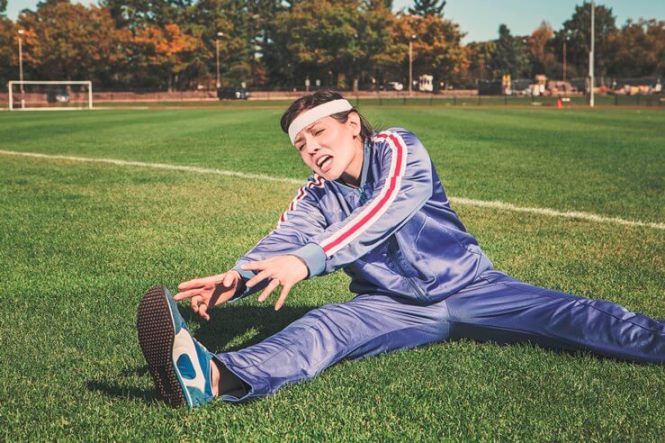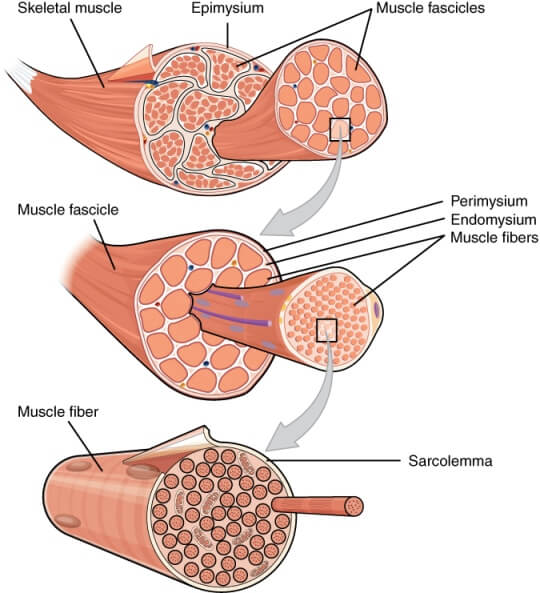Always stretch at the end of your workout
In one of our previous posts, we’ve covered the importance of warm-up, which can be considered as an introduction to the workout routine. Well, stretching, on the other hand, is a kind of a conclusion of your workout. I really believe that if you want to perform a complete and quality workout routine you must always wrap it up with a good stretch. It’s simple as that.
You don’t have to perform “deep full body stretch” after every type of work, even though I highly recommend it. If your workout didn’t include your whole body, you can focus on stretching only the muscle groups you’ve worked on. For instance, let’s say your today workout focuses on your legs that’s why you could only stretch leg muscles at the end. Though, as I said, I prefer a full-body stretch every time.
The harder you work out the more you should stretch.–Jane Fonda
Fast stretch vs. deep stretch
“Fast stretch” means holding a stretching pose for 5 seconds or less. It’s usually performed as a part of a warm-up. At the end of the workout, fast stretch won’t do the trick. It’s better than nothing, but what you want to do at the end of your workout is a “deep stretch”.
Deep stretch refers to holding a single stretching pose for about 15 seconds or more. It can be even over a minute. Each pose focuses on stretching a certain muscle or muscle group since there are some individual muscle groups that can be difficult to isolate completely.

Full body stretch
A full-body stretch means exactly what the word says – stretching your entire body or at least most of it. The latter can’t be done by a single exercise, but by executing different poses, each enabling us to stretch certain muscles or ligaments.
At that point let me invite you to learn some basic stuff about human muscle anatomy, which can be extremely helpful when performing regular workout routines. If nothing else, it will make it easier for us to talk about muscle groups if you’ll know their names. We’ve kept it very simple, we even used simplified names instead of complicated Latin ones. To read the post Human muscle anatomy basics click here.
Flexibility vs. mobility
Flexibility usually refers to the ability of your muscle to stretch; basically, it means the length of your muscle.
Mobility, on the other hand, refers to the ability to go through the full articulation range of motion of your joints by performing this motion with full and healthy strength in the muscle and ligaments that control the joint.
Of course, you can’t have a good mobility without your muscles being flexible to some extent. To prevent as many injuries as possible your goal should be to achieve full, strong mobility.
Why is stretching so important?
A bone skeleton is the one giving our body the support, but the muscles and ligaments are the ones enabling any kind of movement. That is why it is extremely important to have them enabling us maximal possible mobility.
While working out our muscles deform from a relaxed position to a contracted one. Imagine taking a small spring (similar to the one from the pencil) and squeezing it with our thumb and index finger day after day. Eventually, it would get shorter in the relaxed position. If you’d then decided to stretch it one day, it wouldn’t stretch as much as it did before. Moreover, if you’d try to reach the same length it once had in a fully stretched position, it would probably break. This is a very simplified example but a similar rule applies to our muscles.
Better bend than break.– Proverb
Your muscles can easily undergo the contracture – the adaptive shortening of the muscle-tendon unit and other soft tissue crossing or surrounding a joint, which results in significant resistance to stretch and limits the mobility of your body compromising functional activities. It can be caused by sitting too much, for instance, or any other positioning of your body that limits the full range of motion.
Working out without stretching at the end of it, makes your muscles shorter and shorter. Consequently, you lose the range of motion, your mobility gets limited. With limited mobility, it is much more likely to injure yourself. The goal is to have as a wide range of motion as possible. And that can be achieved only with proper stretching.

Better the mobility you have fewer the positions of your body parts that can cause injuries.
Moreover, muscle fibers can get tangled and stuck together forming so-called muscle knots, which can be really painful and can make your muscles sore for days. However, by stretching properly you can force muscle fiber to untangle into their original position, which will make their regeneration much faster.
How to stretch properly – basic guidelines
There are many different stretching exercises out there. Many of them can be found on our website. But here we won’t talk about the actual individual stretching exercises, we will rather focus on some general guidelines you have to consider when performing any kind of stretching.
- Never stretch before you warm up. Stretching your muscles and ligaments before warming up can cause serious injuries.
- Listen to your body and know your limits. When we stretch, our muscle lengthens a certain percentage (aka. Sarcomere give). Basically, the telescopic fibers in our muscles slide apart until we get a signal from the nerves in our muscles or due to the limits in the connective tissue surrounding the muscle fibers. Stretch to the point where you feel discomfort and hold. After some time (10 – 15 seconds) your muscles should adapt to the new length and you should feel lesser discomfort. Then you can either let go, hold the same position a bit longer or stretch it a bit more (pay extra caution).

- There should be no fast, sudden movement during stretching. Sudden fast moves can push you over the limit point and can cause injury.
- Do not hold your breath. Breathing properly is an important part of every exercise, stretching is no exception. Make sure you breathe normally or you can take a bit deeper breaths. It important to be as relaxed as possible during the stretching and breathing can play an important role in that department.
- Relax as much as possible. Like we said, breathing can do wonders. Also, think about putting on some relaxing music while stretching.
How much time do you need for a good stretch?
When it comes to stretching even very short (short holding time for each pose (around 3 – 5 seconds) stretching is better than nothing. However, focusing on some major muscles and joints, holding each pose for about 15 seconds, you can do a decent full-body stretch in about 5 min.
But once in a while, I recommend performing detailed full-body stretch which will take you about 15 minutes.
Make sure to use the information we’ve provided wisely. Take care of your body, work out, and stretch afterward. Take your mobility to another level. Trust us, you’ll feel great.
If you stretch correctly and regularly, you will find that every movement you make becomes easier.Bob Anderson
Home Workout: Best Place To Start
If you are not having success with your home workouts or are struggling to even get started, we highly recommend getting our free eBook, in which we reveal the 7 best tips on how to get the most out of your home workout.
Aside from getting a highly valuable free report, you will also be getting an in-depth guidance email sequence that will guide you through all the key steps of body transformation.
